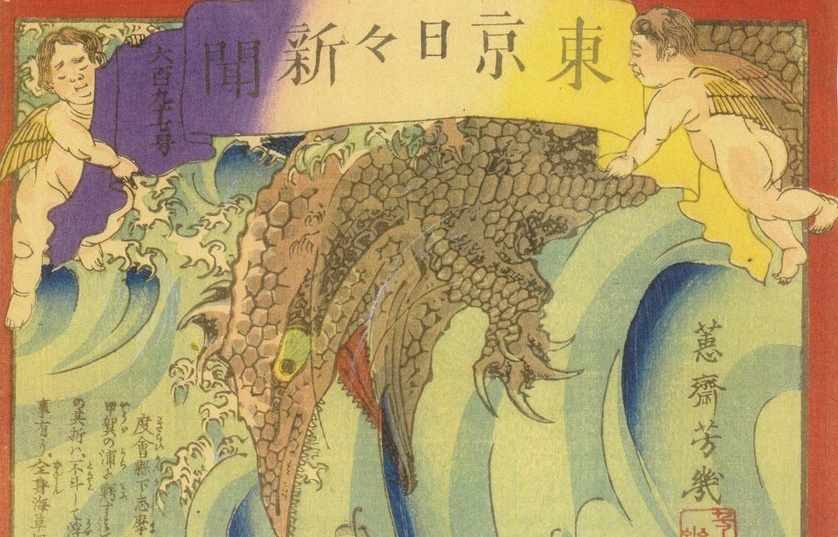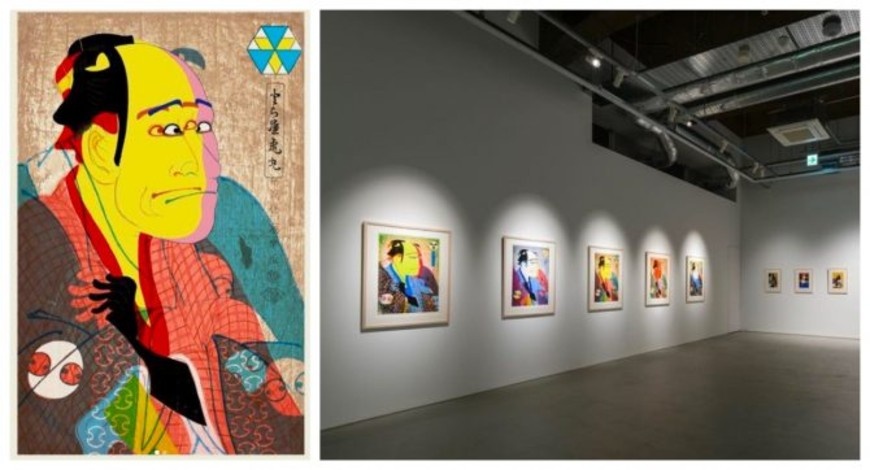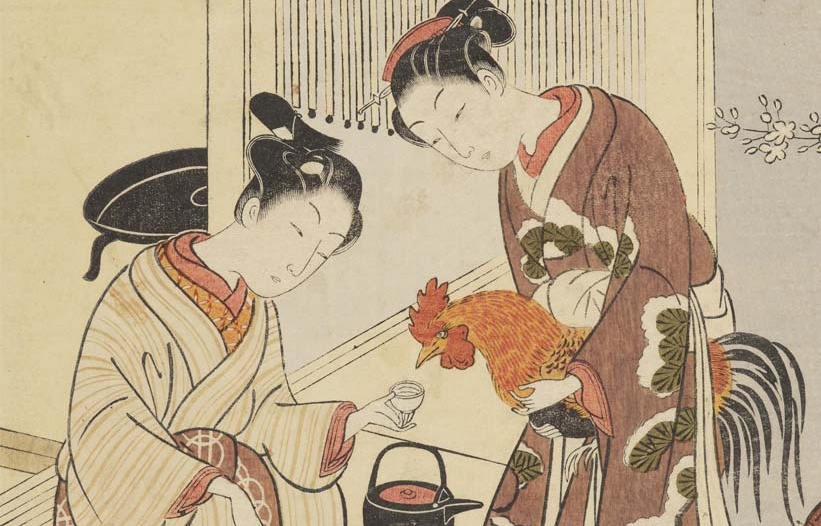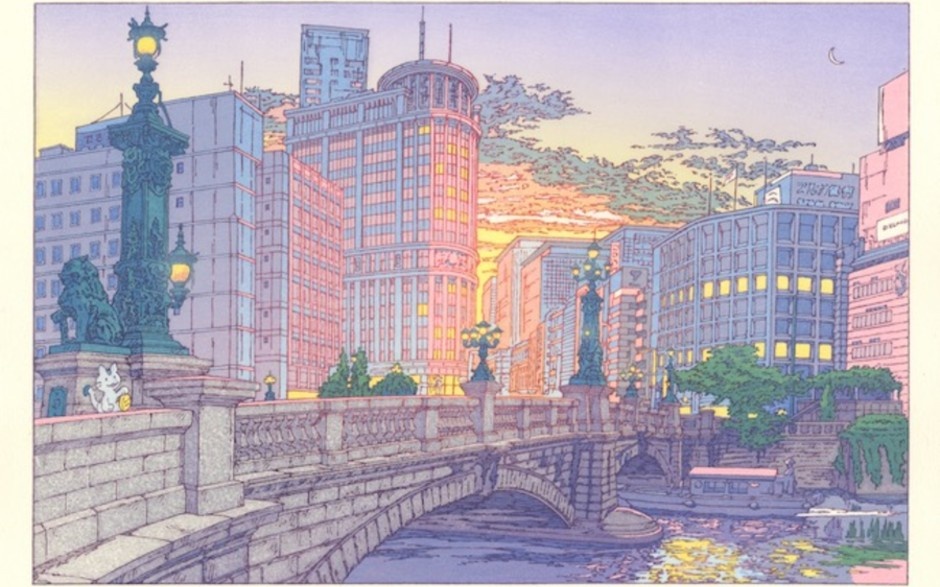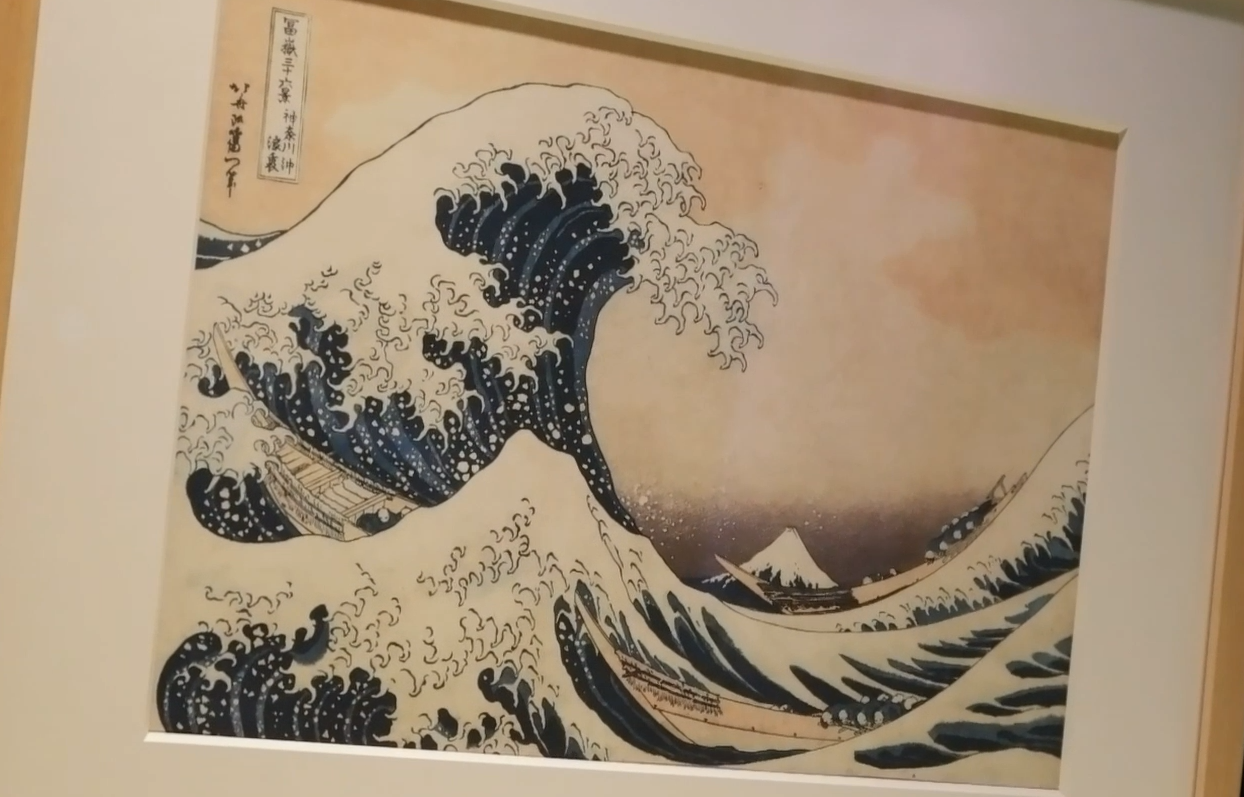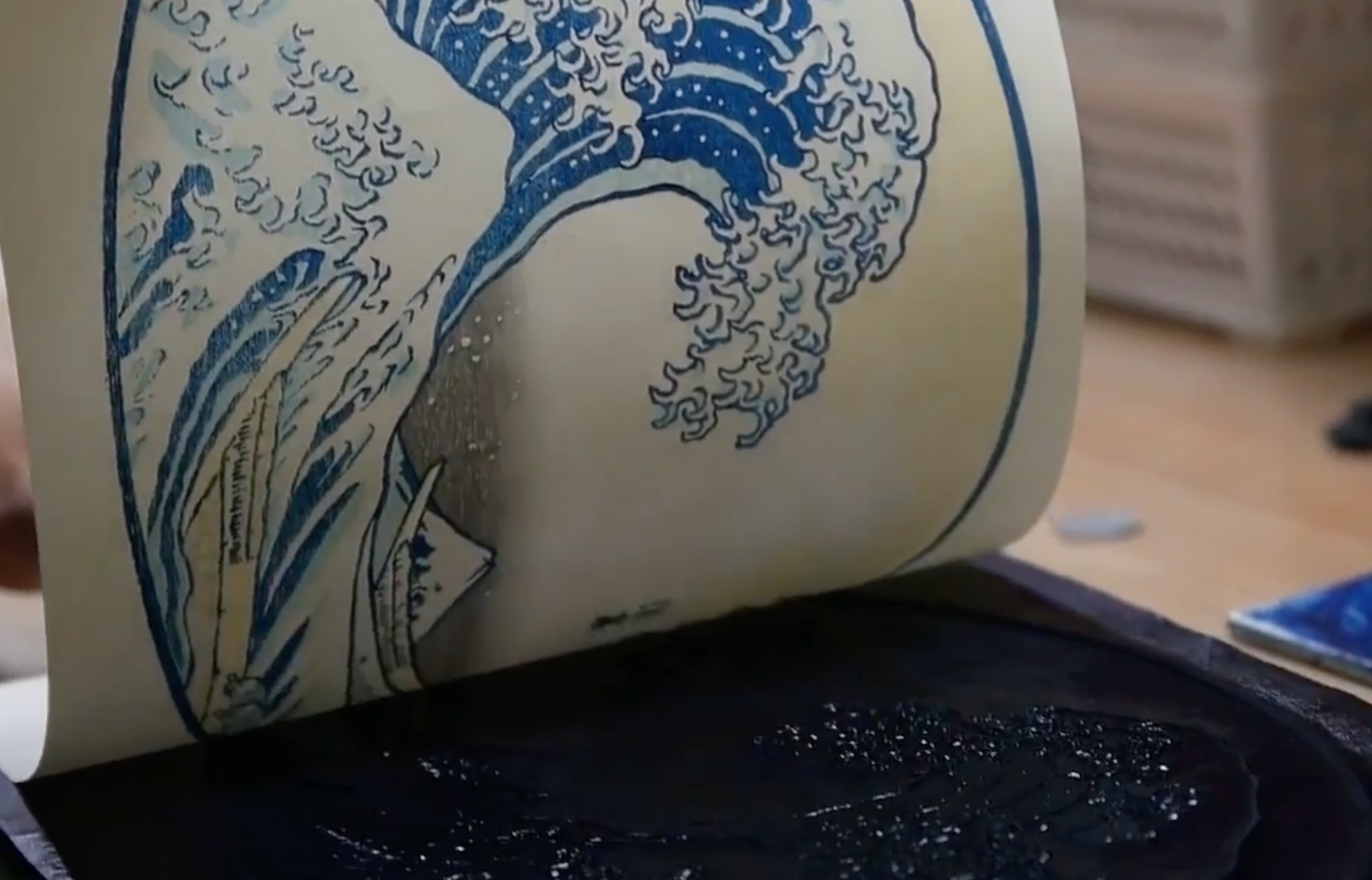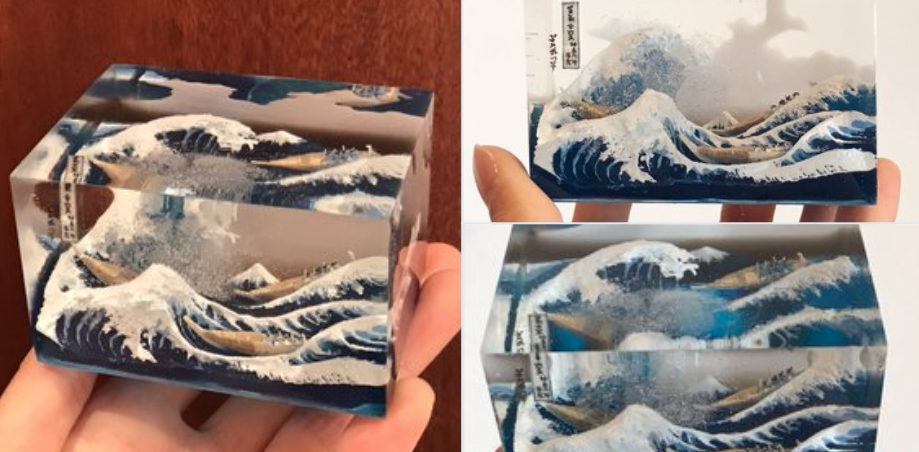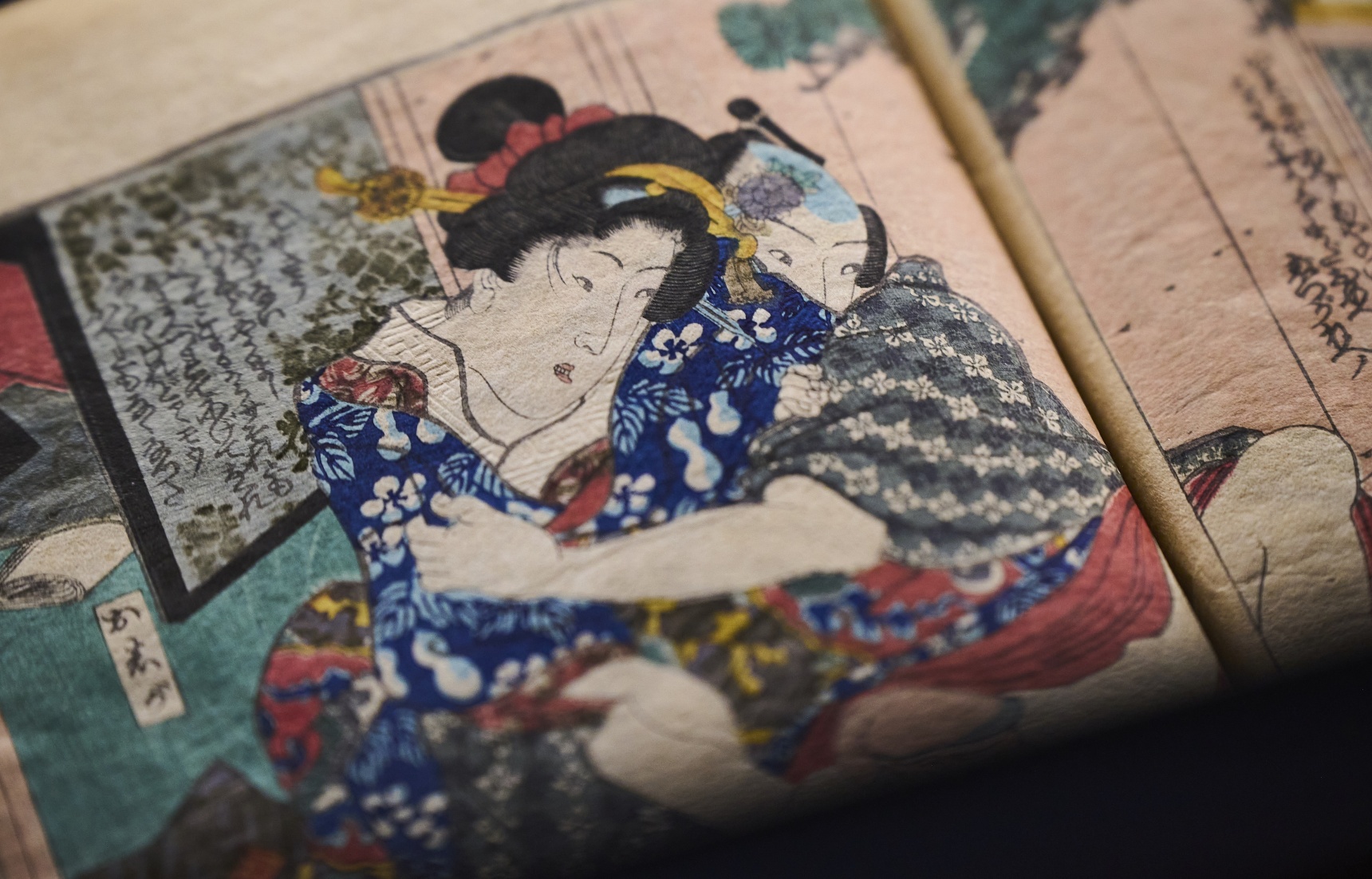
Erotic Ukiyo-e Exhibition in Tokyo’s Nightlife District
Sensual works of art from centuries past come to Tokyo’s Kabukicho district. A superb collection of shunga, erotic woodblock prints by some of Japan’s Edo-period masters, are being shown at two unique venues, inviting viewers to explore timeless expressions of desire, beauty, and intimacy in one of Japan’s most energetic neighborhoods. (Admission limited to those 18 and over).


